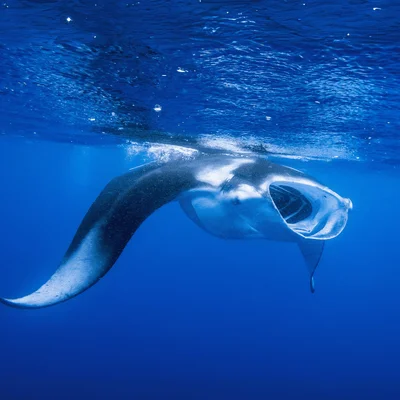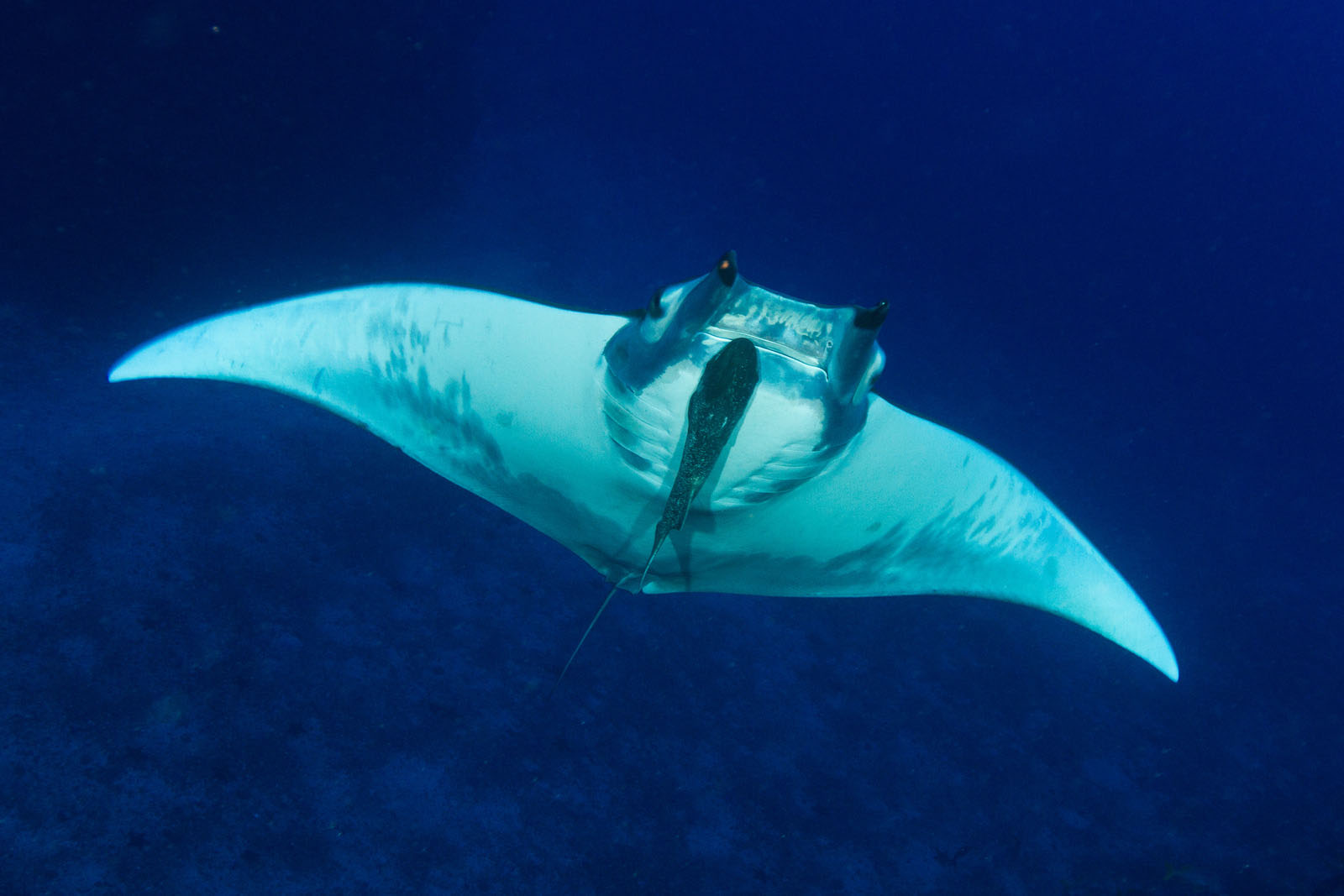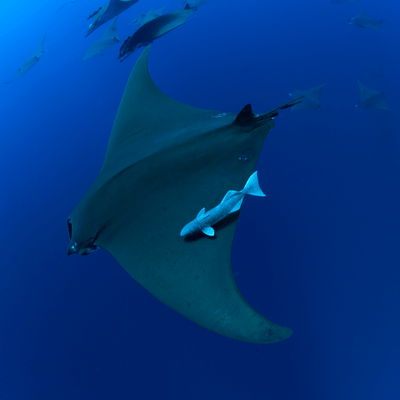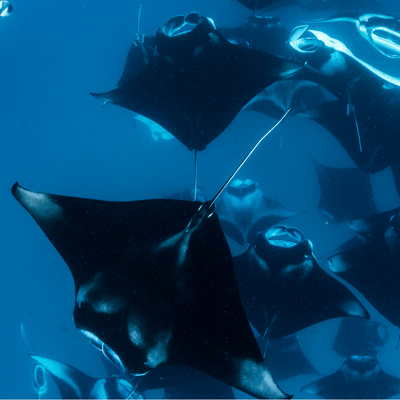
How Are Citizen Scientists Protecting the Mobula Rays of Galapagos? | Travel News
We interviewed Farah Hamdan from the Galapagos Mobula Project to learn about her research activities and how citizen scientists contribute to protecting Mobula rays in Galapagos.
What is the aim of the project?
The research program works to study and safeguard Mobula rays in the Galapagos Islands through partnerships with local communities which include tour operators, guides and non-scientist researchers known as citizen scientists. These rays are iconic but little-studied species, and they cannot be safeguarded without the knowledge and observations shared by those who spend time at sea every day.

The project collects citizen science data to create distribution maps which help identify threats and produce evidence-based conservation strategies.
The research operates under a One Health framework which shows how ocean health together with wildlife populations create benefits for coastal human populations. The initiative works to protect rays while developing scientific knowledge which supports both wildlife conservation and human communities who depend on these habitats for their way of life and economic growth.
What are some of the challenges facing Mobula rays in Galapagos?
Mobula rays face various environmental threats together with human-induced dangers. The species faces threats from climate change because it disrupts ocean productivity which affects the distribution of plankton that serves as their primary food supply. The animals lose their natural behaviors because of uncontrolled tourist activities according to the researchers.
The worldwide population of Mobula species faces danger from accidental capture in fishing gear and intentional fishing activities. The Galapagos maintains strict control over its fishing activities yet the rays continue to travel through regions where protection measures remain insufficient.
Scientists face major obstacles because they lack sufficient information about these species since researchers have not gathered enough data about their migration paths and population numbers and their essential living areas. Scientists need to conduct research with ocean users who spend the most time at sea because community-led observations serve as essential tools for solving these problems.
People should join citizen science projects because these programs enable them to contribute to scientific research while learning new information.
Citizen science programs enable everyone from tour guides to visitors and fishermen to participate in marine research and conservation efforts. People who share photos or sightings of Mobula rays help scientists gather data that would be impossible to obtain without such large-scale public participation.
The collected data helps scientists determine the distribution patterns of different species and their habitat choices and behavioral patterns throughout time.
Citizen science allows local communities to develop joint ownership of conservation efforts because it produces research that matches their specific circumstances and their required information. The initiative creates a direct link between humans and nature through its One Health framework. Science participation leads to community-based efforts for ocean protection which will defend Galapagos waters throughout the years.
What impact are citizen scientists having on the conservation of Mobula rays?
The project depends on the active participation of citizen scientists who operate within the Galapagos region. Every photo, sighting, or record they submit builds a bigger picture of Mobula ray ecology and distribution.The data reveals areas of high activity together with seasonal trends and zones where human activities such as boat movement may pose threats to rays.
Citizen scientists generate conservation responsibility by joining community initiatives which combine traditional scientific knowledge with local understanding that stands equal to formal scientific methods. Their involvement ensures that management decisions are both scientifically sound and rooted in community perspectives.

Why do different species of Mobula rays need tailored management strategies?
Mobula rays share a similar appearance yet each species maintains distinct ecological functions and movement behaviors and patterns. The Munk's devil ray (Mobula munkiana) lives in coastal areas while the Chilean devil ray (Mobula tarapacana) travels through deep pelagic waters.
A single conservation approach will not succeed because these differences exist. Different species require different feeding and breeding habitats and they encounter various threats which include fishing activities and tourism. The study of individual species allows experts to create targeted strategies which protect both wildlife and human activities in a sustainable way.
Citizen science functions as an essential tool because community observations allow scientists to identify species and observe their distribution patterns. The training materials enable citizen scientists to correctly identify species which results in improved data accuracy.

What inspired you to focus your research on Mobula rays?
Farah Hamdan said she found her motivation through her Lebanese upbringing because she got to see Mobula rays while swimming in her native waters. The experiences created enduring memories yet she observed a wide gap between scientific studies and the everyday challenges of coastal communities.
People relied on the ocean for their survival but their understanding and requirements did not receive enough attention when creating marine protection plans. The experience motivated her to study communication between scientists and the public.
The research about Mobula rays attracted me since these animals present an intriguing mystery which scientists have not yet solved and their conservation efforts demonstrate how science must unite with community involvement. The Galapagos Islands serve as a living example of this concept because human communities exist in close contact with the ocean wildlife.


